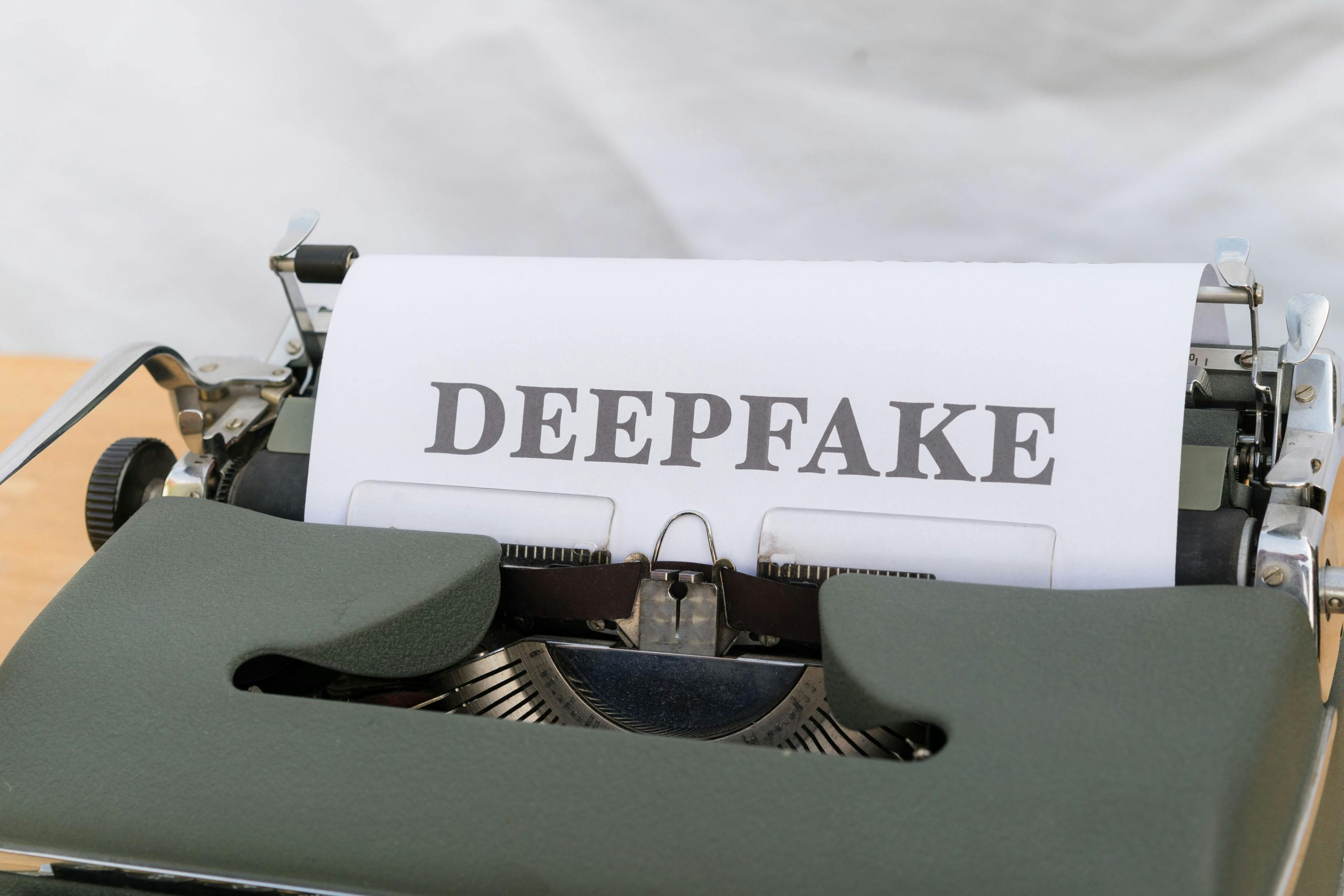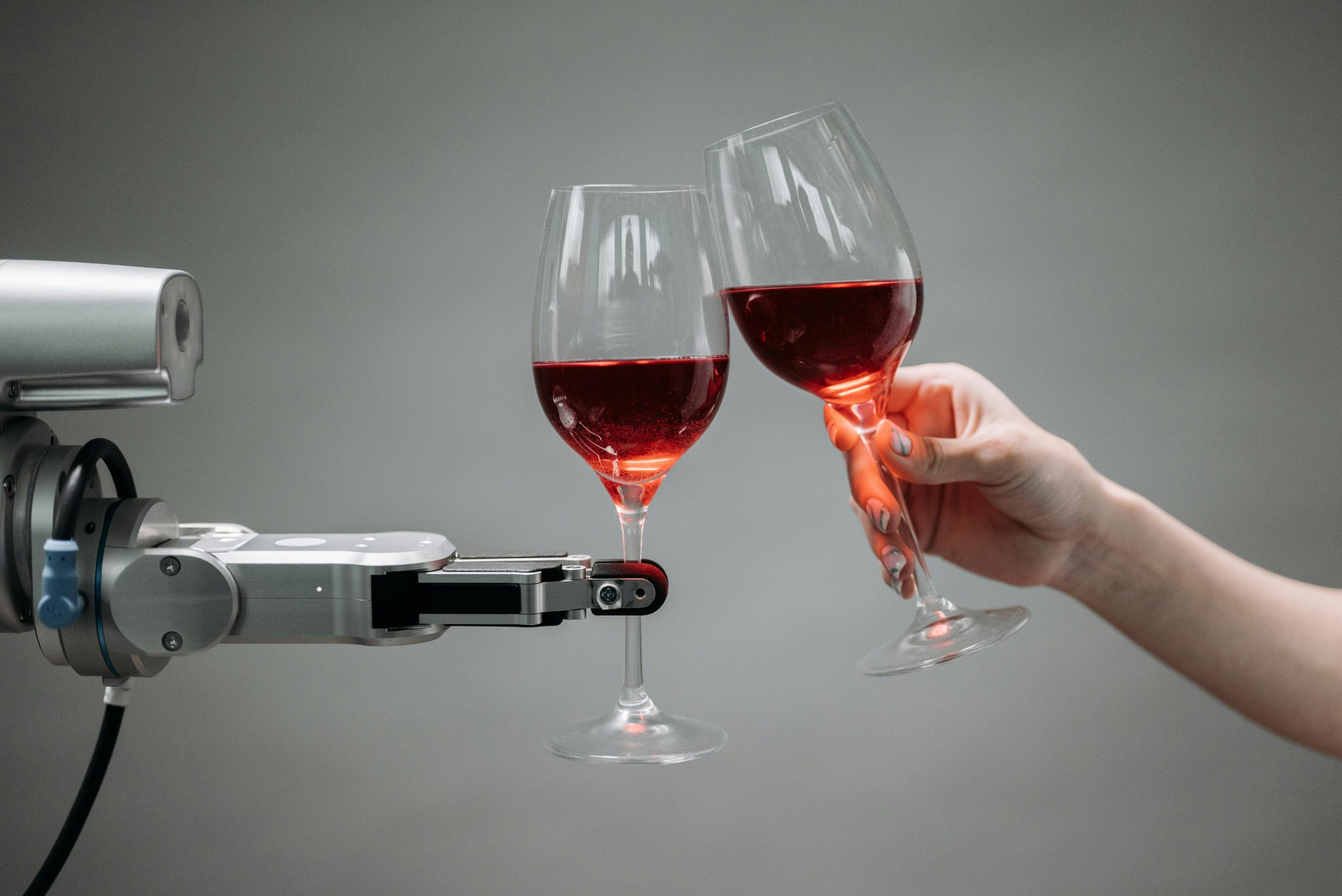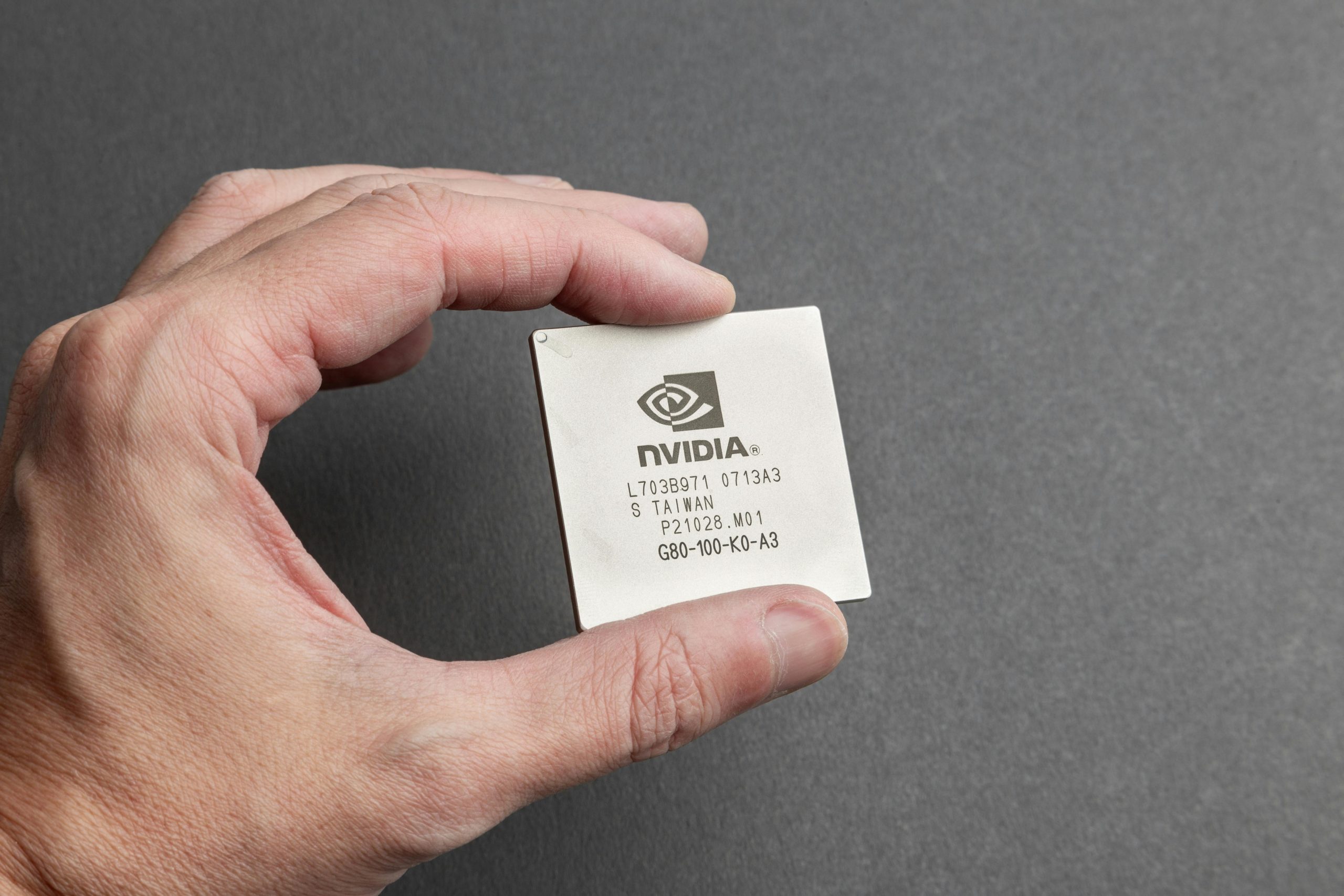How to Make AI Videos: A Comprehensive Guide for 2025

The landscape of video creation has been dramatically reshaped by the rapid advancements in Artificial Intelligence (AI). In 2025, AI is no longer a futuristic concept but a present-day tool that empowers individuals and businesses to produce professional-quality videos with unprecedented speed and accessibility. Gone are the days when creating compelling video content required extensive technical skills, expensive equipment, and significant time investment. AI-driven tools now democratize video production, making it possible for anyone to transform ideas into dynamic visual narratives.
This guide will walk you through the process of creating AI videos in 2025, exploring the various tools, techniques, and emerging trends that are revolutionizing the industry. We will delve into the different types of AI video generation, highlight key platforms, and discuss best practices for leveraging this transformative technology.
Understanding AI Video Generation
AI video generation refers to the process of creating video content using artificial intelligence algorithms. These tools can generate videos from various inputs, including text prompts, existing images, or even by editing existing video footage. The core principle involves AI interpreting user input and translating it into visual sequences, complete with motion, lighting, and often, synchronized audio.
Types of AI Video Generation
There are several primary methods through which AI generates video content:
- Text-to-Video: This is the most popular form of AI video generation. Users provide a written description (a prompt), and the AI interprets this text to create a video scene. Tools like Google Veo, OpenAI’s Sora, and Runway are prominent examples in this category.
- Image-to-Video: This method involves animating static images. Users upload an image, and the AI adds motion, camera movements, or character animations to bring it to life. This is particularly useful for maintaining character and scene consistency.
- Video-to-Video: This involves using AI to modify or enhance existing video footage. This can include style transfer, upscaling, or altering specific elements within a video.
- AI-Assisted Editing: While not strictly generation, AI plays a crucial role in streamlining the editing process. Tools can automate tasks like transcription, filler word removal, color correction, and even rough cuts.
Key AI Video Generation Tools in 2025
The AI video generation market is rapidly evolving, with new tools and features emerging constantly. As of August 2025, several platforms stand out for their capabilities and impact:
Text-to-Video Generators
- Google Veo: Positioned as a leader in end-to-end video creation, Google Veo (including Veo 2 and Veo 3) excels at generating realistic videos from text prompts, with advanced capabilities in simulating complex camera movements and detailed environments. It also offers native audio generation and impressive lip-syncing for characters.
- OpenAI Sora: Developed by OpenAI, Sora is renowned for its ability to generate high-resolution, long-duration videos with exceptional prompt understanding. It allows for creative control over tone and motion, and its “remix” feature enables users to alter existing elements with text prompts.
- Runway: A pioneer in generative AI video, Runway offers a comprehensive suite of advanced tools for creative professionals. Its Gen-3 model provides high-fidelity video generation, smoother animations, and real-time editing capabilities, making it versatile for various creative projects.
- Kling AI: Known for its advanced motion, depth, and cinematic shots, Kling AI offers high-fidelity video tools. The Kling Series (1.6, 2.0, 2.1 Master) provides refined scene disambiguation and sharper subject edges, making it a scalable solution for diverse production needs.
- Luma Dream Machine: This tool is praised for its speed and quality, capable of producing realistic video clips from text or image prompts. It excels at generating lifelike motion and coherent physics, with users able to customize various aspects of the output.
- InVideo AI: Ideal for social media videos and full-length content creation, InVideo AI offers AI scriptwriting and media selection. It simplifies the production process, making it a great pick for channels relying on faceless videos or needing B-roll footage.
AI Avatar and Presentation Tools
- Synthesia: A leading platform for creating videos with AI avatars, Synthesia allows users to generate professional-looking talking-head videos without needing a camera or on-screen talent. It offers high-quality digital avatars, realistic appearances, and supports translation into over 140 languages.
- HeyGen: Similar to Synthesia, HeyGen is recognized for its AI avatars, enabling users to create AI clones of themselves or generate animated avatars from text prompts. Its interactive avatars can engage in real-time conversations, functioning as video chatbots.
- Vyond: This platform specializes in creating animated character videos from text prompts, making it suitable for explainer videos and animated content.
AI-Powered Editing Suites
- Wondershare Filmora: A long-standing video editing tool that has integrated AI features, Filmora offers AI smart cutout, AI audio denoise, and AI audio stretch to enhance video quality and streamline editing.
- Descript: Descript revolutionizes video editing by allowing users to edit video by editing the transcript. It automatically transcribes footage, enabling users to cut, move, or delete sections simply by modifying the text. It also features an AI voice cloning tool called “Overdub.”
- Adobe Premiere Pro and After Effects: Powered by Adobe Sensei, these professional tools incorporate AI features like generative extend, filler word detection, auto reframe, and scene edit detection to automate time-consuming editing tasks.
- Canva: While known for design, Canva’s Magic Media tool acts as both an AI video generator and editor, creating videos from photos and text prompts with smart captions and transitions.
How to Make an AI Video: A Step-by-Step Guide
Creating an AI video generally follows a similar workflow across most platforms, though specific features and interfaces may vary.
Step 1: Define Your Concept and Script
The first and most crucial step is to have a clear idea of what you want your video to convey. This involves:
- Brainstorming: Determine the purpose of your video (e.g., marketing, education, entertainment).
- Scriptwriting: Write a script that clearly communicates your message. Many AI tools can also assist with script generation based on a brief idea.
- Keywords and Prompts: For text-to-video generators, craft descriptive prompts that detail the desired scene, characters, actions, and mood.
Step 2: Choose Your AI Video Generator
Select a platform that best suits your needs based on the type of video you want to create, your budget, and desired features. Consider factors like:
- Video Quality: Look for tools that produce realistic and high-fidelity output.
- Features: Does it offer text-to-video, image-to-video, avatar generation, or specific editing capabilities?
- Ease of Use: Some platforms are more beginner-friendly than others.
- Pricing: Many tools offer free trials or tiered subscription plans.
Step 3: Input Your Prompt or Media
Once you’ve chosen your tool:
- For Text-to-Video: Enter your detailed text prompt into the designated field. Be specific with your descriptions to guide the AI effectively.
- For Image-to-Video: Upload the image you wish to animate.
- For Avatar Videos: Select an AI avatar, input your script, and choose a voiceover.
Step 4: Customize and Configure
Most AI video generators offer customization options:
- Video Length and Resolution: Adjust these parameters as needed.
- Style and Aesthetics: Some tools allow you to select visual styles, camera angles, or moods.
- Voiceover and Audio: Choose voice styles, languages, and add background music or sound effects.
- Avatars and Branding: Customize avatars, add logos, or apply brand colors.
Step 5: Generate and Refine
Initiate the video generation process. Depending on the complexity and the tool used, this can take anywhere from a few seconds to several minutes.
- Review: Watch the generated video to assess its quality and adherence to your prompt.
- Iterate: If the output isn’t satisfactory, refine your prompt, adjust settings, or try a different tool. Many platforms allow for quick edits or regeneration.
- Editing: Use the platform’s built-in editor or export the video for further refinement in dedicated editing software. AI-powered editing tools can help with tasks like adding subtitles, removing silences, or enhancing audio.
Step 6: Download and Share
Once you are satisfied with the final video, download it in your desired format and share it across your chosen platforms.
Emerging Trends in AI Video Creation (2024-2025)
The field of AI video generation is dynamic, with several key trends shaping its future:
- Hyperrealism and Cinematic Quality: AI models are increasingly capable of producing videos with stunning realism, complex physics, and cinematic quality, blurring the lines between AI-generated and human-created content. Google Veo 3 is a prime example of this advancement.
- Custom AI Models: The ability to train custom AI models on specific brand assets or styles allows for the generation of on-brand video content with greater consistency and efficiency.
- AI Avatars and Synthetic Influencers: The use of realistic AI avatars for presentations, marketing, and even as synthetic influencers is on the rise, offering new avenues for communication and branding.
- Static Imagery to Moving Content: Tools that can animate still images are becoming more sophisticated, enabling creators to bring static visuals to life with subtle or dramatic motion.
- Personalization and Localization: AI is making it feasible to generate multiple versions of videos tailored to specific audiences, regions, or languages, enhancing engagement and relevance.
- Script-to-Video Automation: The seamless conversion of written content into video, complete with AI-generated voiceovers and relevant visuals, is becoming a reality, significantly speeding up content production.
- Hybrid Workflows: Creators are increasingly combining different AI tools and platforms to leverage the unique strengths of each, creating sophisticated and customized video content.
Ethical Considerations in AI Video Production
As AI video generation becomes more powerful and accessible, it is crucial to address the associated ethical implications:
- Misinformation and Deepfakes: The ability to create highly realistic fake videos poses a significant risk for spreading misinformation and creating deepfakes. Transparency, watermarking, and detection tools are vital to combat this.
- Intellectual Property and Copyright: Questions surrounding ownership and copyright of AI-generated content are complex, especially when AI models are trained on existing copyrighted material.
- Bias and Fairness: AI algorithms can perpetuate biases present in their training data, leading to discriminatory or unfair representation in generated videos. Careful monitoring and diverse datasets are essential.
- Authenticity and Trust: As AI-generated content becomes indistinguishable from human-created content, maintaining public trust in digital information is a growing challenge.
- Data Privacy: The use of personal data for training AI models or creating personalized content raises privacy concerns that must be addressed through robust data protection measures and transparency.
Responsible AI development involves integrating ethical considerations from the outset, fostering a culture of ethical use, and ensuring transparency with audiences.
The Future of AI Video Production
The trajectory of AI in video production points towards even greater sophistication, accessibility, and integration into creative workflows. We can anticipate AI models that offer:
- Enhanced control over fine-grained details in video generation.
- More seamless integration with existing creative software.
- Advanced AI agents capable of managing complex video production pipelines.
- Greater personalization and interactivity in video content.
As AI continues to evolve, its role in video production will expand, empowering creators to push the boundaries of visual storytelling and communication. By understanding the tools, techniques, and ethical considerations, individuals and businesses can effectively harness the power of AI to create compelling and impactful video content in 2025 and beyond.










